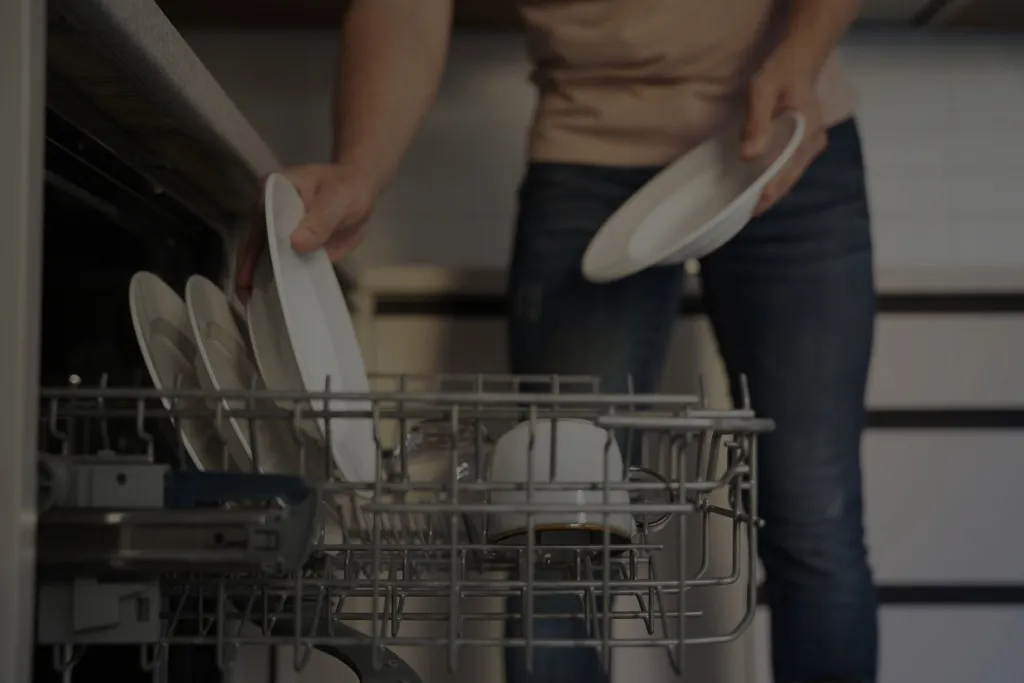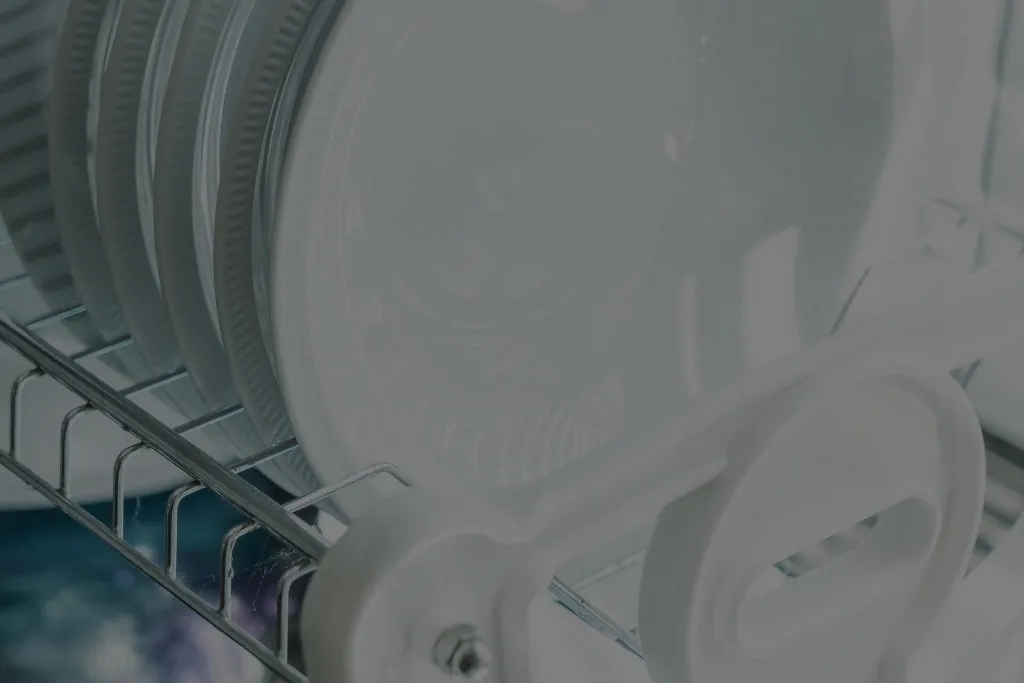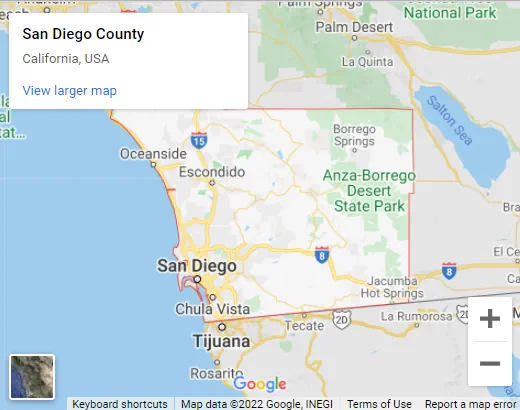How To Fix A Leaky Dishwasher

If you notice water leaking from the base of the dishwasher or the counter beneath it, take immediate action. This will help you minimize the damage to your counters and baseboards. If the leak is due to the water supply hose, you must shut off the valve that supplies water to the dishwasher. Close the circuit breaker in the house for the dishwasher until you find the leak and can fix it. The most common causes of dishwasher leaks include a damaged seal on the door, a cracked spray arm, or a clogged spray arm. A loose drain hose can cause leaks in dishwashers.
How To Find A Dishwasher Water Leak
In some cases, finding the source of a dishwasher leaking can be difficult. This systematic approach will help you discover the leak.
Check the door seal
It’s simple to check the seal on the door. Look at the bottom edge of the seal, where most leaks occur. Replace the seal if you see damage, such as a crack, a tear, or chunks missing.
Check out the Spray Arms
Check the spray arms to see if they are damaged or cracked. It may seem odd to use a spray arm that is broken or damaged to find a leak in a dishwasher, but it can cause a wave-like action in the water. A cracked or damaged spray can create a wave that causes water to splash over the front lip and out the bottom of the dishwasher door. Service technicians are familiar with the cause of a leaky dishwasher. If the spray arm is cracked or damaged, replace it. This may solve the problem.
Check the water supply line and drain hose
If you still need to do so, turn off the electrical power before checking your water supply and drain hose. Disconnect power by turning off the circuit breaker in the house for the dishwasher or unplugging the power cord. The water supply valve will also need to be shut off. Remove the front panel of the dishwasher and the toe panel at the bottom by removing the mounting screws and then removing both panels to see underneath the tub. For many dishwasher models, you’ll also have to remove the control panel and front door panel to reach and see the bottom components.
Open the dishwasher and remove the Torx screws on the outer edges of the inner door panel. As you pull the last screws, support the outer door panel using one hand to prevent it from falling. While disconnecting the wire harness for the user interface, separate the outer door panel from the inner panel. Remove the outer door panel, control panel, and inner door panel. First, check the connection of the water supply at the front. You can tighten the fitting if you see the connection is leaking. If the leak continues, turn off the water and place a damp towel underneath the connection. Replace the seal on the supply line after disconnecting it. Check the connection between the drain pump and the drain hose for leaks. If the drain line is loose, reconnect it. Use a flashlight to check under the dishwasher if the drain hose does not leak. The leak may be indicated by a water trail or water dripping. Replace the component or seal that is leaking if you can find it.

Examine the Heating Element, Pump, and Diverter Motor
If you don’t find the source of the leak, you’ll have to pull the dishwasher out from under the counter. For safety, ensure you have electrical power disconnected from the dishwasher. Shut off the water supply to the dishwasher and release the drain hose from the garbage disposal or sink drain connection. Place a towel under the water line connection on the water inlet valve. Disconnect the water line and wipe up any spilled water. If the power cord plugs into an electrical outlet, position the power cord so it moves freely when you pull the dishwasher out from under the counter. If your power cord doesn’t plug into an electrical outlet, then the power cord is hard-wired into the junction box. Remove the junction box cover and disconnect the supply wires. Remove the strain relief nut to release the power cable from the junction box. Position the door panel and control panel close enough to the inner door so you can reconnect the user interface control wire harness and attach the outer door panel and control panel to the inner door panel. Reinstall the mounting screws. Remove the bottom dishrack to avoid damaging interior parts when you tip the dishwasher over to examine for leaks. Remove the screws from the mounting brackets that hold the dishwasher under the counter. Carefully pull the dishwasher out and lay it on its back so you can see all of the bottom components. Check for water trails or other evidence of leaking from the bottom components, such as the heating element, sump, or diverter motor.
Replace any component that’s leaking. If the component has a seal, you can purchase it separately; replace the seal instead of the whole thing. Set the dishwasher upright if you don’t see a water trail or evidence of leaks. Fill the tub with some water to see if you can find the source of the leak now that you have a better view of the bottom components. Pour a quart of water into the tub. Check for water dripping from any components under the tub. Continue adding water and checking for leaks until you fill the tub to the bottom of the mushroom float. You’ll likely find the source of the leak using this process. Keep a wet/dry shop vac or container handy to remove the water from the dishwasher once you discover the source of the leak. Once you find the leak, clear the water and replace any leaking components or seals.
Services that we provide
REQUEST SERVICE

















